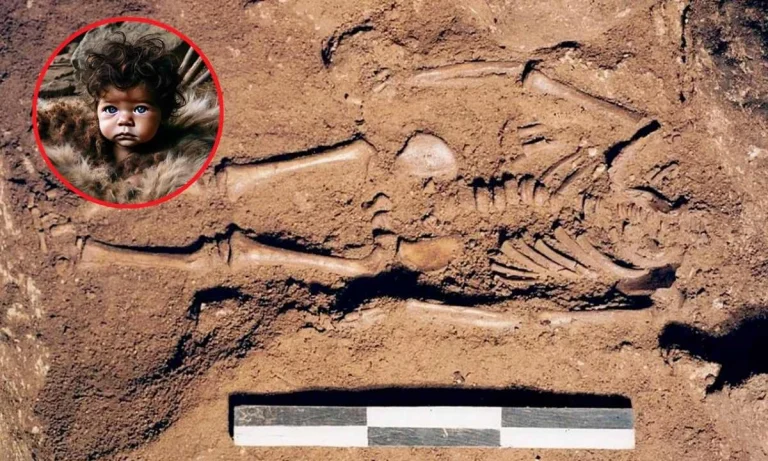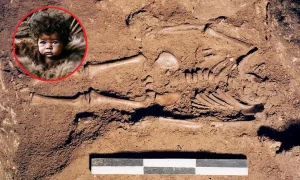In a shocking revelation, Australian authorities discovered that over 300 potentially deadly virus samples disappeared from Queensland’s Public Health Virology Laboratory. This major breach of biosecurity protocols occurred in 2021 but was only brought to light in August 2023. The authorities are now carrying out the investigations. Among the missing samples are some of the deadliest viruses known to humans. The missing viruses include Hendra virus, hantavirus, and lyssavirus. Following the investigations, Health Minister Tim Nicholls admits that they should have informed the public sooner. Let’s have a closer look at the impact of their viruses and what the authorities have to say.
Details of the Breach
The incident began when a freezer containing virus samples broke down. During the transfer of these samples to a functioning freezer, the authorities have not completed the documentation. This lapse led to the disappearance of 323 virus samples, raising questions about their fate. Queensland Health Minister Tim Nicholls explained:
“The materials may have been removed from that secure storage and lost, or otherwise unaccounted-for.”
Although authorities emphasized that there is no suggestion the samples were stolen, the lack of clarity has caused concern. Chief Health Officer Dr. John Gerrard assured the public that the risk is low:

“These virus samples would degrade very rapidly outside a low-temperature freezer and become non-infectious.”
However, experts are still questioning how such a significant breach could happen.
The Lost Viruses
Hendra Virus
Hendra virus, a zoonotic disease, can spread from animals to humans. It was first identified in 1994 in Brisbane, where it swept through a racing stable, killing a trainer and 13 horses. Since then, Australia has experienced 66 known outbreaks, resulting in four human deaths and significant losses to horse populations.
Lyssavirus
Lyssavirus, closely related to the rabies virus, was also among the missing samples. This virus, carried by bats, poses severe risks to humans if untreated. The breach included 223 fragmented samples of lyssavirus, highlighting concerns over biosecurity protocols for such deadly pathogens.
Hantavirus
Hantavirus, transmitted through rodents, has not yet caused human infections in Australia. Despite this, its presence in the breach underscores the potential risks of improper handling. Two full samples of this virus were reported missing.

Expert Reactions
Infectious diseases expert Dr. Paul Griffin criticized the incident, stating:
“The systems and processes in laboratories handling such deadly pathogens are usually so robust and rigorous … these sort of things just can’t happen.”
Dr. Griffin also emphasized the need for transparent communication and better management:
“We need to make sure we can restore people’s faith in our laboratories that are doing such important work.”
Investigations and Public Concerns
The breach was uncovered two years after the incident, in August 2023. This delay in discovery has raised concerns about accountability and communication. Health Minister Tim Nicholls admits that the public should have been informed sooner.
“These are all matters that I think the investigation will be able to provide us with information on.”
Health Minister Tom Nicholls
Former Supreme Court Justice Martin Daubney is leading an investigation to examine the biosecurity protocols. He will focus the investigation on how the protocols are managed and whether internal guidelines were followed. A detailed report with recommendations is expected by June 30.
This incident is part of broader issues in Queensland’s health sector. Forensic Science Queensland previously uncovered flaws in DNA analysis that affected over 40,000 criminal cases. These systemic failures point to the need for significant reforms.
Biosecurity Risks and Future Implications
Incidents like this weaken trust in public health institutions. Robust biosecurity protocols are essential to prevent mishandling of dangerous pathogens.
Similar breaches worldwide have highlighted the catastrophic consequences of poor lab security. For example, lapses in managing viruses have led to outbreaks and global panic in the past.
Experts recommend stricter monitoring and storage systems for biohazard materials. Dr. Griffin called for immediate actions to prevent such breaches:
“We need to be confident they’re doing what we need them to do.”
Conclusion
The disappearance of over 300 deadly virus samples from an Australian laboratory underscores the critical importance of stringent biosecurity measures. While authorities have assured the public of minimal immediate risk, the incident highlights systemic failures that demand urgent attention.
Transparency and timely communication are key to maintaining public trust. As investigations continue, this serves as a reminder of the delicate balance between science, governance, and public health.
Also read,











